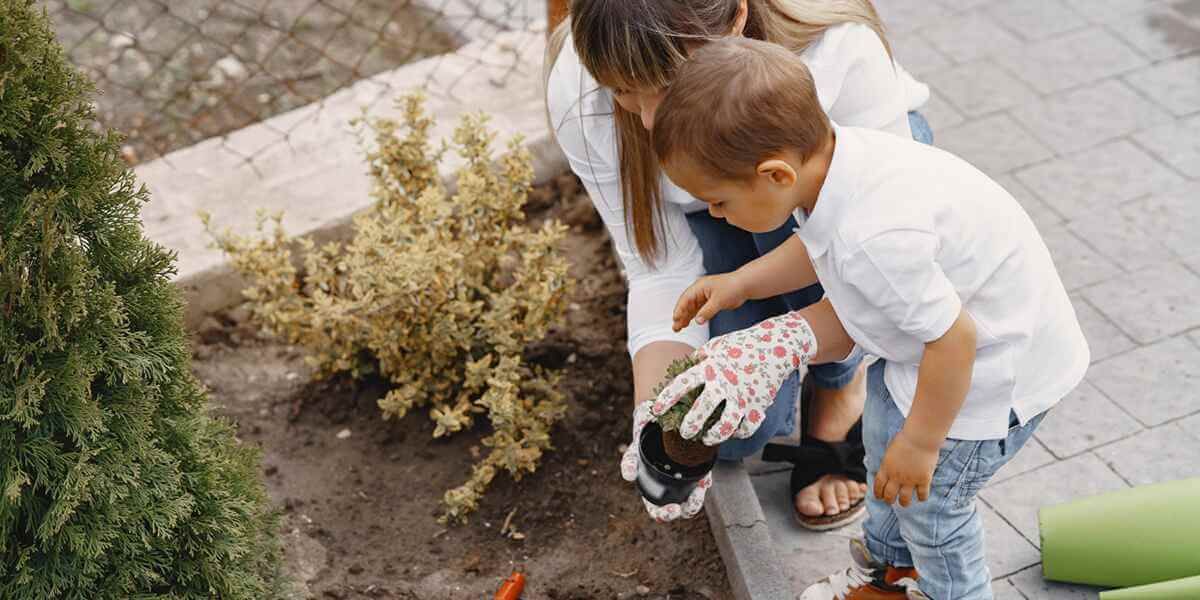The Difference Between Tree Pruning and Tree Trimming
Many homeowners use “tree pruning” and “tree trimming” interchangeably, but did you know these techniques aren’t quite the same thing? It’s important to know the difference to ensure that you get the results you want from your tree care company.
Below, learn the difference between tree pruning vs. trimming, then call our team for professional tree service in Tucson, AZ.
What’s the Difference Between Pruning and Trimming?
How does tree pruning compare to trimming? The short answer is that trimming is akin to giving your tree a haircut, while pruning is like giving your tree an entirely new hairstyle. Essentially, trimming is for minor touch-ups and pruning is best for more drastic enhancements.
Here’s how these techniques differ in more detail.
What Is Tree Trimming?
Does your tree look a bit rangy and raggedy? Maybe it’s too bushy or the ends of the branches are growing at weird angles. If you don’t like how your tree looks, tree trimming is the perfect technique for you.
Arborists primarily perform trimming for aesthetic reasons, just like you might get a trim at the barber to freshen up your look. Tree companies can use trimming to shape your tree, control its growth habit, and make it look more manicured. As an added benefit, regular pruning helps prevent harmful insects from making their home in your tree.
Wondering when to trim trees? Arborists recommend trimming in late winter or early spring to avoid harming tender new growth.
What Is Tree Pruning?
If you’re looking to get more drastic results for your tree, consider pruning. What is pruning, and what’s the difference between tree pruning vs. trimming?
This technique entails removing weak, dead, or diseased branches to improve your tree’s overall health. Pruning can involve shaping your tree to improve its structure or removing branches from a crowded canopy.
Arborists know how to prune trees using a variety of techniques, including:
- Canopy raising: This technique involves removing the lower branches to gradually raise your tree’s canopy.
- Canopy thinning: Canopy thinning entails removing crowded branches in the center of the tree’s canopy to improve air circulation and sunlight penetration. The technique can also strengthen your tree against strong winds and destructive storms.
- Canopy cleaning: Canopy cleaning removes dead, weak, and diseased branches so they don’t impact the tree’s health.
Like tree trimming, experts recommend pruning your tree from late winter through early spring. However, a skilled tree company can perform pruning any time of year if necessary.
Need Reliable Tree Care in Tucson? Call Our Expert Arborists
Now that you’ve learned the difference between tree pruning vs. trimming, which service do you need? Both trimming and pruning offer benefits for your tree, from improving its beauty to keeping it healthy and strong.
If you can’t decide between pruning or trimming, call the certified arborists at Santa Rita Landscaping LLC. We’re experts at pruning roses, trees, hedges, and more. To schedule your tree service in Tucson, contact us at (520) 623-0421 today.




